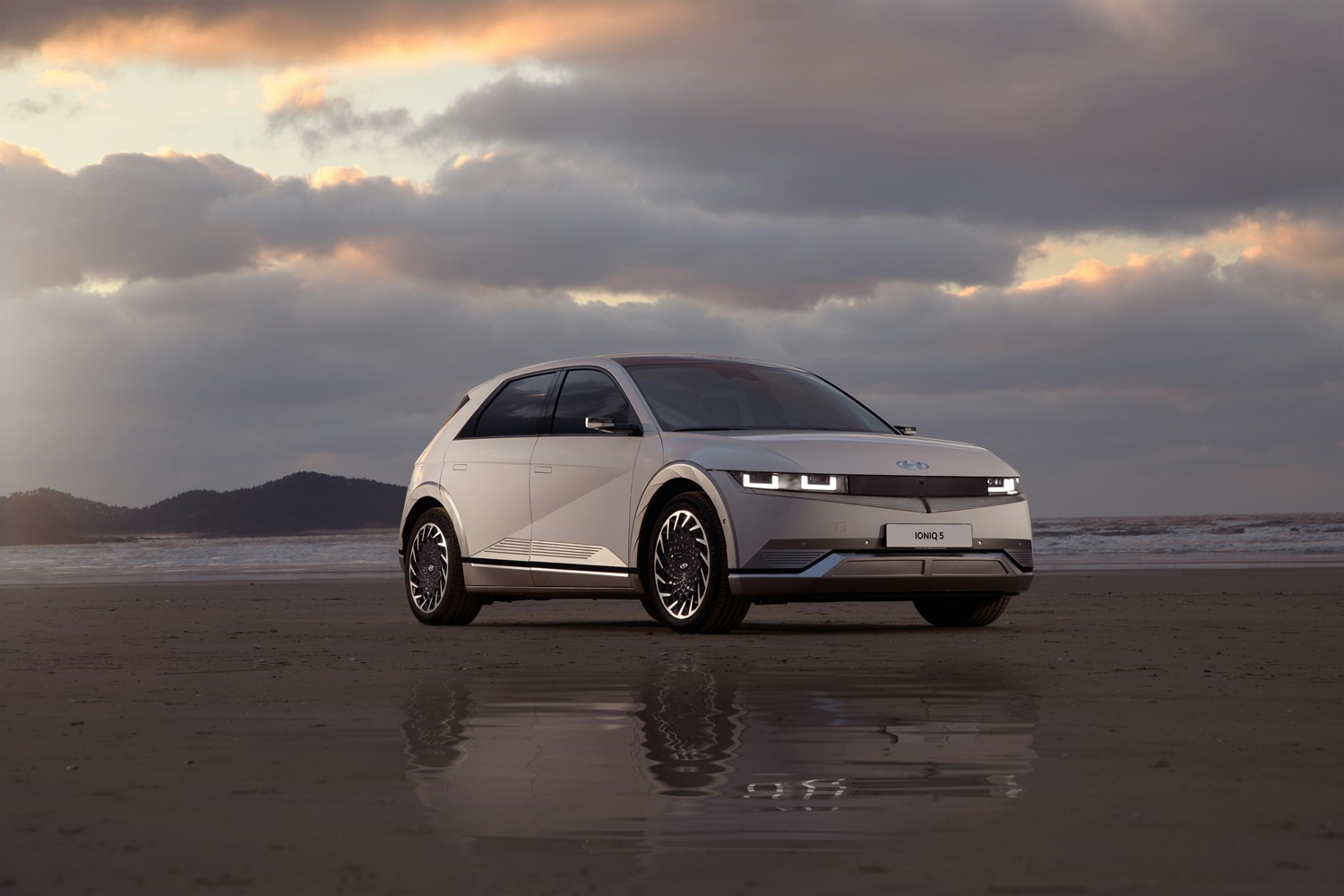As several companies extend the boundaries of autonomous driving technologies, the rivalry for robotaxi industry supremacy has intensified in 2024. These five robotaxis are capturing the imagination of legislators, investors, and consumers both, so guiding the charge in evolving urban transportation. Leading the change as we near a day when self-driving cars will be the norm are Waymo, Cruise, Tesla, Aptiv, and Aurora. This is a closer-up picture of the most discussed robotaxis producing waves for this year.
1. Waymo: Driving the Autonomous Taxi Industry
Long leading in the self-driving sector is Waymo, Alphabet Inc.’s autonomous car division (parent company, Google). Having launched one of the first totally driverless taxi companies in 2020, it has become somewhat well-known as a pioneer. Since then, the company has expanded and today offers robotaxi journeys in areas of San Francisco as well as select Phoenix, Arizona districts.
Waymo sets itself out by reaching Level 4 autonomy using AI-driven software and strong LIDAR (Light Detection and Ranging) sensors, therefore allowing the vehicles to go free within specified geographical zones free from human intervention. Among other tailored vehicles in the entirely electric fleet of the company, the Waymo Jaguar I-Pace marks a significant progress for sustainable urban travel.
Waymo’s growth into cities like San Francisco and the planned rollouts in other metropolitan areas confirm its front-stage status among the five robotaxis deciding the future. Supported by years of research and testing, the company’s focus on dependability and safety has helped it to build a trustworthy name in autonomous driving.
2. Cruise: GM’s Bold Push into Autonomous Ridesharing
Under General Motors’ ownership, Cruise has made major advancements in the robotaxi industry over last year. Originally focused on creating autonomous technologies for GM vehicles, Cruise launched its own self-driving taxi company in San Francisco and has since expanded internationally.
Cruise’s most well-known robotic taxi is the custom-built, driverless electric Cruise Origin, designed particularly for ridesharing. Unlike other ground-up, ground-based self-driving vehicles designed for autonomy, the Origin is predicated on changes to current cars. This is a totally different public transit approach devoid of a steering wheel or pedals. The company has also reached Level 4 autonomy, allowing its robotaxis to operate in allocated zones free from human control.
Cruise is one of the five robotaxis affecting the future of transportation in 2024 since of its ambitious growth goals and growing presence in significant American cities. As artificial intelligence and automation keep growing, cruise is positioned to be a key participant in the robotaxi business.
3. Tesla: The Bold Plan for Robotaxis Free of a Human Operator
Unlike other businesses, Tesla’s approach to robotaxis outlines lofty goals to build its own network even if it does not yet offer a fully autonomous taxi service. During Tesla’s “We, Robot,” Elon Musk unveiled the future Cybercab, an all-electric autonomous vehicle designed with imaginative wing-like doors and no traditional controls. Musk’s bigger idea for a network of totally autonomous Teslas able of working as robotaxis includes this vehicle, albeit this is still under development.
Developed by Tesla, Advanced Full Self-Driving (FSD) software is continuously upgraded over-the-air and put into their cars. Along with other Tesla models, the Cybercab illustrates Tesla’s aim to reach Level 5 autonomy—where vehicles run totally automatically without any human interaction, even in unpredictable situations. Musk stressed how the Cybercab allows owners of ridesharing a new source of income and could assist to improve road safety. He did, however, also acknowledge the ambitious timeline and mention that manufacturing might not complete until 2027. From legal and regulatory barriers to technological limitations, this highlights the challenges Tesla faces before the robotaxi fleet can ever take shape.
Notwithstanding these challenges, Tesla’s global presence, popularity of its electric cars, and constant attempts to push the limit on artificial intelligence and self-driving technology help it to remain a key participant among the best five robotaxis. With the Cybercab, Tesla is not just producing cars but also affecting urban mobility moving forward.
4. Aptiv: The Las Vegas Robotaxi Leader
Emphasizing ties with other ridesharing companies, such as Lyft, automotive technology company Aptiv has had a big impact on the market for robotaxi. Since 2018, its self-driving cars have been operating in Las Vegas; so, it is among the first companies offering robotaxi services in a major American city.
Aptiv’s robotaxi fleet consists of electric BMW 5 Series cars adjusted with Aptiv’s automatic driving system. Under safety drivers’ control, the Level 4 vehicles—which lack complete autonomy—can run automatically in designated areas. Our partnership with Lyft makes consumers experience more readily accessible and seamless by allowing them call a robotaxi using the Lyft app.
Aptiv distinguishes among the five robotaxis in 2024 by stressing the integration of autonomous technologies into a current ridesharing system. Its ongoing performance in Las Vegas and partnerships with large companies have kept it relevant in a market getting more and more competitive.
5. Aurora: Aiming for the Long Haul with Autonomous Ridesharing
Aurora, a self-driving technology startup, has quickly become a player to watch in the robotaxi space especially considering its goal of creating an autonomous transportation network for products and people. Targeting urban and suburban markets with its robotaxi project, the company is developing autonomous systems for freight vehicles as well as passenger automobiles.
Aurora’s strategy is unique among others since it emphasizes scalability and safety. Apart from assessing its technology using its own vehicles, the corporation has formed relationships with major manufacturers like Toyota and Volvo, therefore expanding the resources and knowledge accessible to its robotaxi solutions. Though it is still under development, the company’s future goals—including prospective agreements with big mobility platforms—are guiding it to be a prominent rival in the list of five robotaxis producing headlines in 2024.
Robotaxis: Their Future
The competition is expected to get more intense as these five robotaxis grow. The quick advancements in artificial intelligence, machine learning, and vehicle automation offer the road map for an intriguing future whereby autonomous transportation can become pillar of metropolitan mobility. Every company has advantages and disadvantages, but taken together their efforts are altering the landscape of what is probably a transformational time in urban transportation.
The world is under close scrutiny as these leaders keep testing, upgrading, and deploying their own fleets into 2024. In the following years, robotaxis are rather likely to abound on the roads, revolutionizing our life, retail, and transportation.
(Photo by Hyundai Motor Group on Unsplash)
Also read:
Thrill of a Lifetime: The 3 Best Roller Coasters and What Makes Each One Uniquely Unforgettable



